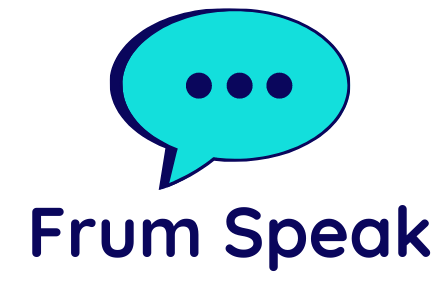The H-1B visa has long been a highly coveted employment visa for foreign citizens with specialized skills to live and work in the U.S., and recent requests from the Trump administration have put greater attention on the program. The requests for more information from people applying for or renewing H-1B visas come amid heightened tensions over immigration as President Donald Trump seeks to make good on his vow of mass deportations of people in the country illegally. Much of Trump’s agenda has been focused on arresting people in the country illegally or reversing Biden-era temporary deportation protections. There has been less attention on employment-based visas or other parts of the legal immigration system — though more than 1,000 international students have had their visas or legal status revoked. The requests for information come as the H-1B visa program is already a source of division within Trump’s Republican Party. Here’s a look at what the H-1B visa program is, what critics and supporters say about it, and how the administration’s recent questions have raised concerns. What is an H-1B visa? The H-1B was created as part of the 1990 Immigration Act. It is a type of nonimmigrant visa, meaning it allows for a temporary stay in the U.S. and is not intended for people who want to immigrate permanently. Some eventually do, but only after transitioning to different immigration statuses. An H-1B allows employers to hire foreign workers who have specialized skills and a bachelor’s degree or equivalent. Who uses H-1B visas? The visa is most commonly associated with the tech industry. About 60% or more of the H-1B visas approved every year since 2012 have been for computer-related jobs, according to the Pew Research Center. But health care facilities, financial institutions, universities and just about any other employer looking to address workforce shortages can and do apply for H-1B visas. The number of new visas issued annually has been capped at 65,000, plus an additional 20,000 for people with a master’s degree or higher. Some employers, such as universities and nonprofits, are exempt from the limits. People from India are by far the biggest users of these visas, according to Pew. The organization said that since 2010, the majority of approvals every year have gone to people born in India. What makes the H-1B program controversial? The idea behind the H-1B visa is that it allows employers to hire from abroad for jobs that they haven’t been able to fill in the U.S. Proponents say the visa is a critical tool for hard-to-fill positions. But critics on both sides of the aisle have said that it undercuts U.S. citizens who could take those jobs. Some on the right have called for the program to be eliminated. And earlier this year, Bernie Sanders, an independent senator from Vermont, wrote a scathing open letter saying the program’s real purpose was to “replace American workers with lower-paid workers from abroad who often live as indentured servants.” The debate over the future of H-1B visas is especially pronounced within the GOP. On one side are wealthy members of the tech world who support the visas to help bring in more highly skilled workers. On the other side are people of Trump’s Make America Great Again base who championed his immigration policies and say these visas allow employers to pay foreigners lower wages than if they hired Americans. […]
23
Apr
Category:


Recent comments